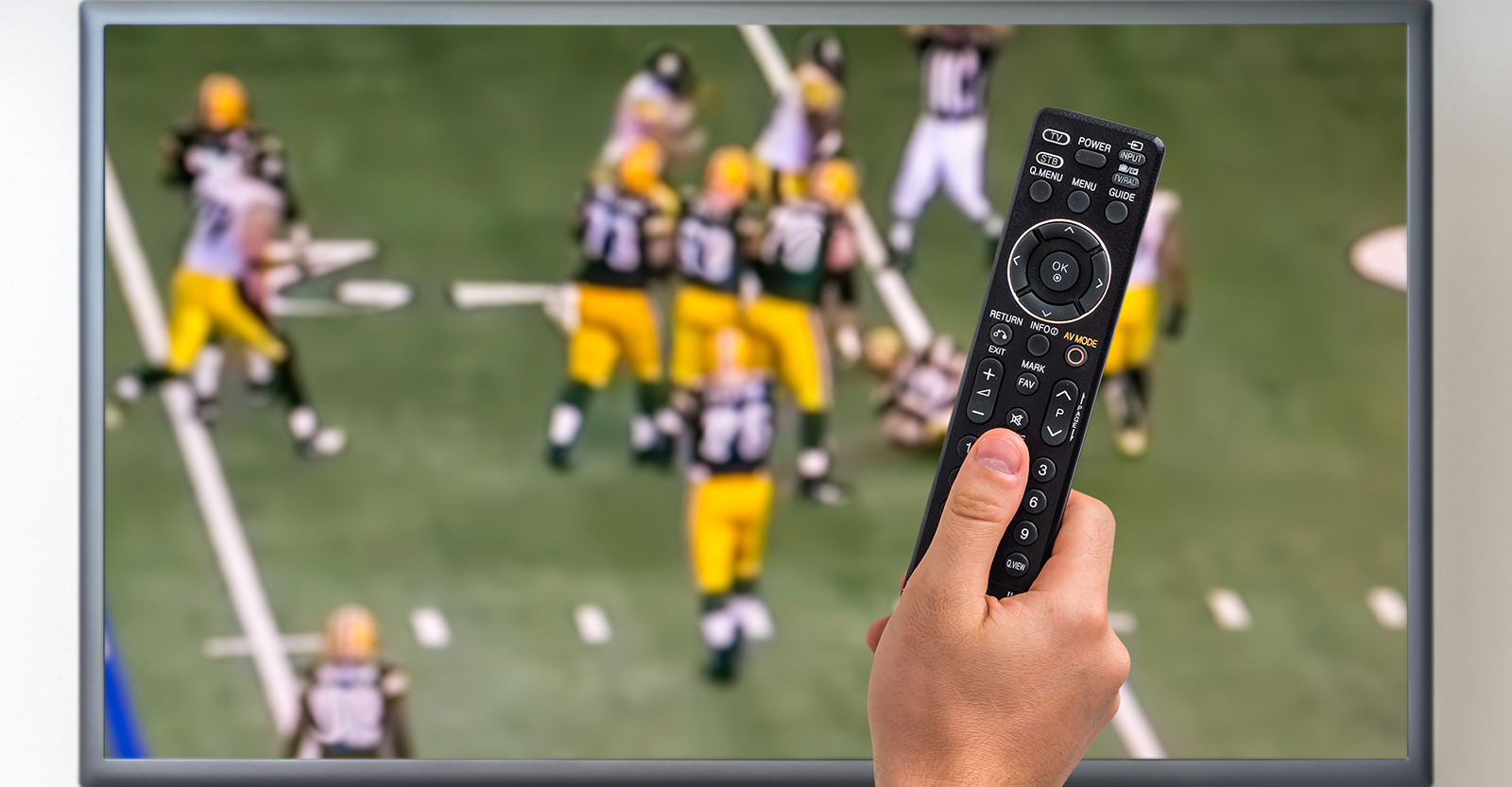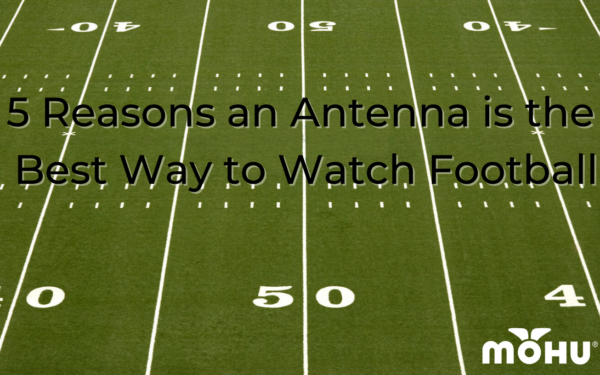Remember when your grandparents had an antenna? They maybe got three or four channels and just the big four such as ABC, CBS, FOX, and NBC? Those days are long gone.
These days, if you live in a large metropolitan area and plug in a digital TV antenna to your TV, you can easily receive anywhere from 70 to more than 100 channels. In some areas, such as Los Angeles, you can get up to 157 channels. San Jose also cracks the 100 channel mark with 107 channels available. And still others can find they have a huge selection of channels.
Number of Over-the-Air Channels in Top 10 Cities in the US
So how many channels can you get for free with an antenna? We looked at the top 10 cities by population in the United States and found the following:
- New York: 73 channels
- Los Angeles: 157 channels
- Chicago: 68 channels
- Houston: 93 channels
- Philadelphia: 58 channels
- Phoenix: 78 channels
- San Antonio: 42 channels
- San Diego: 36 channels
- Dallas: 98 channels
- San Jose: 107 channels
On average in the top 10 largest cities in the United States you will find just over 80 channels available with an antenna. When you add up these populations that means about 25 million can get on average 80 channels. All without any monthly fees or subscriptions.
A few things to note about the number of channels is that there may be some duplication, for instance you may be able to pick up a neighboring areas affiliate for a certain channel in addition to your own city’s affiliate. While on its surface this may seem like a waste of a channel, you’ll find that different affiliates can air different local sports and other unique programming so it isn’t purely a duplication of content. It also includes subchannels associated with a given broadcast station. For example, your NBC station may broadcast on channel 5.1, but the station may also broadcast other unique content on channels 5.2 and 5.3, so you’re getting 3 channels from one station.
Subchannels are great because they can offer a ton of unique niche content that you can’t easily get anywhere else. PBS for example recently rolled out nationwide its own dedicated 24/7 PBS Kids channel that broadcasts on one of your local PBS stations subchannels. Subchannels can carry anything from marathons of your favorite true crime series and classic TV shows to local and regional sporting events to international news and more.
How to Find Channels in Your Area
While many millions of Americans can enjoy dozens of free channels, reception can certainly vary even within a given metropolitan area. It’s always a good idea to check your location for your available channels by plugging in your address to see what you can expect to receive and what range antenna would suit you best.
There are a number of factors to keep in mind when you’re searching for an antenna, so read these tips on finding the right antenna and optimizing your antenna placement to ensure you’re able to enjoy the most free TV possible.




